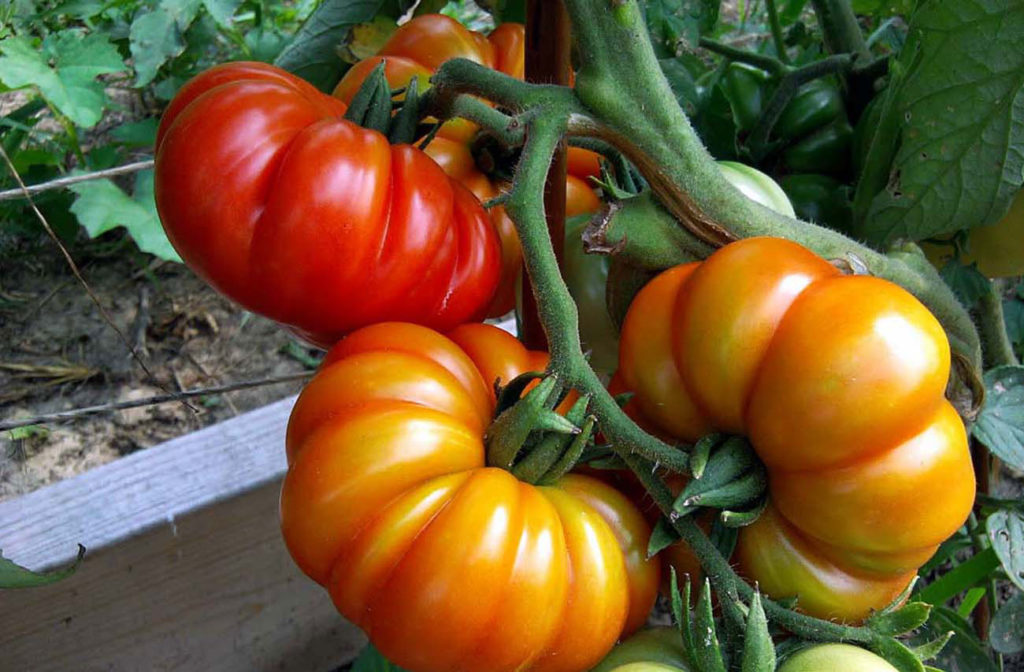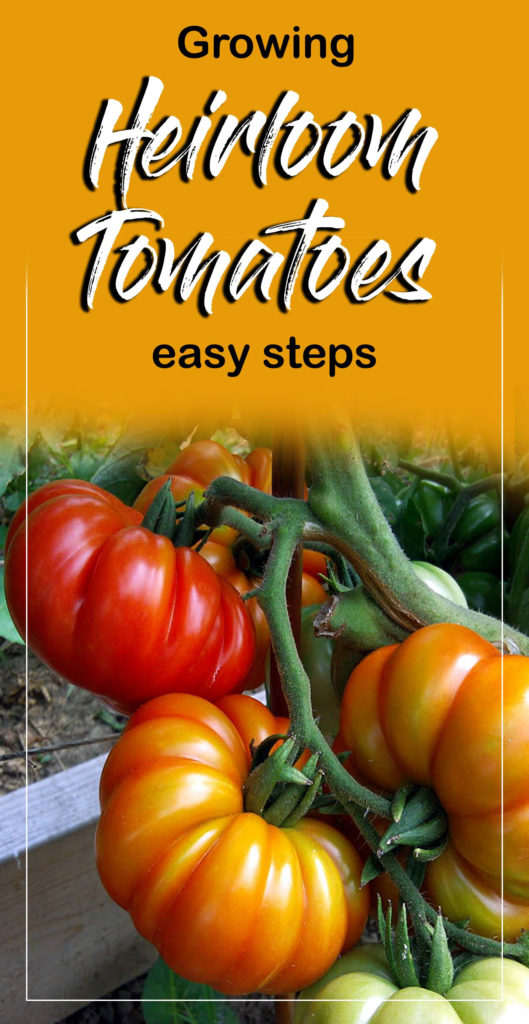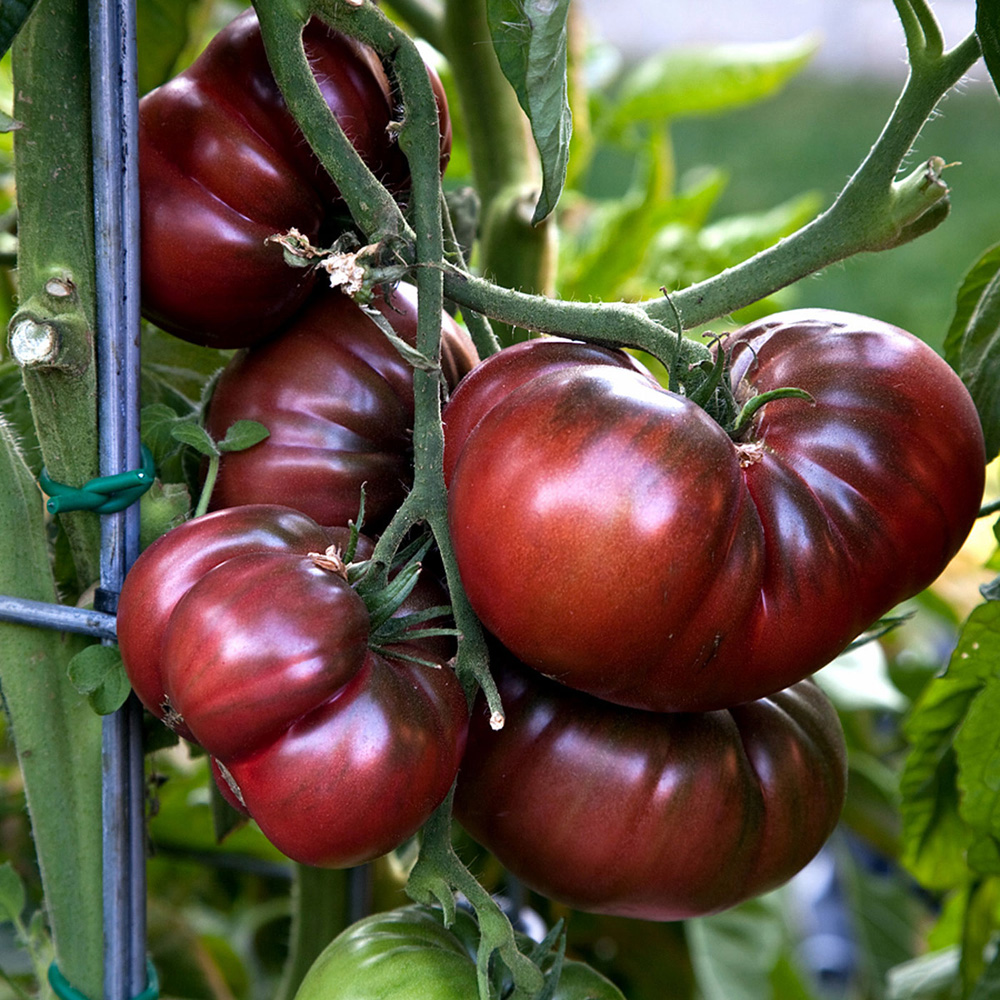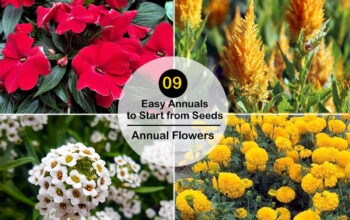Heirloom Tomatoes
Growing Heirloom Tomato plant | How to grow Heirloom Tomatoes. There are hundreds of heirloom tomatoes, because of which it is easy to choose. It also comes in many colors, of which red, yellow, orange, green, white, and violet are prominent. The flavor, color, and texture of the heirloom tomatoes are different from regular tomatoes. It has been developed for a long time, which is full of antioxidants, vitamins, and cancer preventive agents.
Their color is deep and the color depends on the amount of acidity, the deeper the color is more acidic, and the light color is less acidic. The red color of the tomato shows its sweetness, while its green color determines tartness. Tomatoes of yellow and orange are sweet and light taste, while dark colors, black and violet colors are acidic flavors. Nature Bring is sharing how you grow Heirloom tomatoes in your garden.
What are Heirloom Tomatoes?
Open-pollinated tomato seeds are suitable for planting, in which the seeds are collected directly from the parent plants so that the offspring of the same species is produced. Open pollination is natural pollen between different plants of the same variety. Heirloom tomatoes are not hybrid species. See more about tomato cultivation.

Growing Heirloom Tomatoes
Soil
Before growing an Heirloom tomato plant, check the soil thoroughly. The well-drained and rich soil is the most suitable for this. Variety of Tomato grown in Pure Mud can vary. For this, the amendment in organic soil is very important. Must add compost every year to the soil. Use of organic compost made in the home is beneficial.
However, full sun is necessary for all types of tomatoes. Heirloom tomatoes require full sunlight for 6 to 7 hours. Therefore, when growing it, choose the appropriate location. Read more.
Planting tips
- To see if the soil used in it is well-drained or not, you loosen the soil by digging it.
- Raise the soil with the hand and squeeze it out, if it feels dirty and wet, allow sunlight to last for one week, so that the soil dries well.
- After this, check the weather, there is no colder. Many times there is the fear of crop failure due to excessive cold. Read more.
Keep in mind
- The production capacity of heirloom tomatoes is also affected yearly, it is not necessary that every year to produce good, both weather and growing conditions depend on it.
- Many times heirloom tomatoes productions are less than hybrid varieties. Therefore, it is necessary for more plants and many varieties. So that you keep getting the crop throughout the season.
- Many times these crops produce well once, and the second year does not produce better. Do not be disturbed in such a situation. Grow some hybrid species, varieties along with these crops to get good yields each year.
- Disease-resistant, more productivity, and better flavoring varieties like Legend, Rutgers, Carmello, 4th of July, and Legend, add to crop.
Mulching
To always maintain the humidity conditions, and the plant keeps the disease-free, mulch is very important. Without it, you do not try to develop tomatoes. Planting tomato plants in deep, from which it will develop a strong root zone. Bury them in two-thirds of the ground, from which the stem becomes thin. They send the roots out of the stem and the plant develops at a faster pace. The development of more roots, means the plants are feeding rapidly.
Fertilizing
A Tomato plant needs strong food for growth. Add organic fertilizer around the plant every month after planting, like 5-5-5.
Watering
Heirloom Tomato plant needs a lot of water. Give the water deeply but slowly. This will not damage the root of the plant and the leaves will not become wet, which will protect against diseases. The upper surface of the soil naturally dries slightly in hot weather, as long as the soil does not dry completely, do not water. Soaker hoses send water very slowly to the ground, which is sufficient throughout the week.
*Add the fertilizer in the off-season. Many gardeners do this and say that after the harvest when I covered the whole bed with a compost (before the fall), the compost shell was more suitable for tomatoes.
Staking of tomatoes
Staking and supporting tomatoes are also very important because heirlooms are up to 6 feet long and they have a habit of developing. Growers need a ladder to reach the top of the plant. So keep the stacking very strong, otherwise, due to weight, it breaks in the middle. Most cages found in the market are small, which is used for other vegetables. These tomatoes require an 8 ft height fence trellis, on this trellis, their leaves do not touch the ground and are protected by diseases and there is no harm when the wind arrives.
Pests and Disease heirloom tomato plant
The disease prevention program is necessary for those areas, where the likelihood of tomato disease is high. Start the root shield or plan shield before transplantation. The active ingredient is a beneficial fungus, which grows on the roots of plants and provides protection from root diseases. Well, after applying tomatoes should be checked regularly.
Identify Tomato Diseases If you are not familiar with it, then Cornell University’s Vegetable MD will help to identify online Once the illness is identified, you can prevent it. Tomatoes have trouble with many diseases; so while buying a plant, seek disease-resistant varieties. Many insects also attack tomatoes. Blossom end rot disease can also cause problems. This is due to soil moisture and deficiency of calcium.
Harvesting
Heirloom tomatoes should be completely picking before ripening. As soon as the crop starts changing its color, it should be harvested immediately,
The change of color begins in about 60 to 90 days. Store these fruits in warm, dark, airy rooms, where it will continue to ripen. Once the ripening process starts, it does not need sunlight to ripe and sweet. At this time you should collect your crop in critters as soon as possible.
Read also: 8 Best Frugal gardening tips. 10 ways you prevent the plant disease. Growing and caring Lupine plant. Growing and care about Pansy flowers. Grow Cantaloupe in containers. Houseplant care. Broccoli growing and caring guide. How to grow Onion in containers. Growing Celery in containers. How to grow Soybeans in containers. Mulberry tree growing at home. Verbena growing and care tips. How to grow Jade Plant. Black pepper growing and caring tips.
Happy gardening
Pin it:





